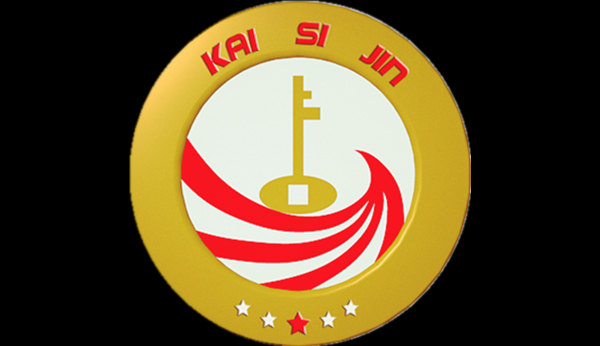ABS plastic shell injection molding process
2023-05-19
The steps and methods of Injection Molding for different material products vary, so injection molding manufacturers must grasp the methods during production in order to make better products. Below, Shenzhen Environmental Protection Department will explain the processing steps for ABS materials: 
1. Solution to plastic
The moisture content of ABS is approximately 0.2% -0.8%. For typical grades of ABS, it is necessary to dry it in a drying oven at 80-85 ℃ for 2-4 hours or in a drying silo at 90 ℃ for 1-2 hours before production and processing. For high-temperature grade ABS containing PC dual components, the air drying temperature should be moderately increased to 100 ℃. The actual air drying time can be determined by air extrusion, and the application proportion of recycled particles should not exceed 30%. Electroplating process grade ABS cannot use recycled particles. 2. Injection molding machine adopts Acceptable standard plastic machines (extruder screw length to diameter ratio 20:1, compression ratio exceeding 2, injection pressure exceeding 1500bar). If color masterbatch or handicraft appearance specifications are used, extruder screws with a smaller diameter can be used. The locking force is determined according to 4700-6200t/m2, and the actual requirement is based on the plastic grade and handicraft regulations. 3. Mold and gate design schemeThe temperature of the grinding tool should be set at 60-65 ℃. The diameter of the passage is 6-8mm. The width of the glue inlet is about 3mm, and the thickness is the same as that of the handicraft. The length of the glue inlet should be less than 1mm. The vent hole is 4-6 mm wide and 0.025-0.05mm thick. 4. Melting temperature Accurate judgment can be made using the injection method. The grade is different, and the melting temperature is also different. It is suggested to set it as follows: Impact resistance level: 220 ℃ -260 ℃, preferably 250 ℃ Electroplating process level: 250 ℃ -275 ℃, preferably 270 ℃ High temperature resistance level: 240 ℃ -280 ℃, preferably 265 ℃ -270 ℃ Flame retardant grade: 200 ℃ -240 ℃, preferably 220 ℃ -230 ℃ Transparency level: 230 ℃ -260 ℃, preferably 245 ℃ Glass fiber upgrading: 230 ℃ -270 ℃ For handicrafts with high surface requirements, choose a higher melting temperature and mold temperature. 5. Injection rate The fire safety level requires a slow speed, while the high temperature level requires a fast speed. If the surface requirements of the handicraft are relatively high, high-speed and multi-purpose injection molding speed control must be used. 6. Back pressure Under normal circumstances, the lower the back pressure, the higher it becomes. The common back pressure is 5 bar, and the dyeing agent material needs to use a higher back pressure to make its mixed color uniform. 7. Duration of stay At a temperature of 265 ℃, the maximum amount of time ABS can stay in the melt cartridge should not exceed 5-6 minutes. The flame retardant time is shorter. If you need to shut down the machine, first lower the set temperature to 100 ℃, and then use universal grade ABS to remove the melt cartridge. The mixture after removal should be placed in cold water to avoid deepening dissolution. If you need to use ABS material instead of other plastics, you must first add PS, PMMA, or PE to remove the melt cartridge. Some phone cases, ABS plastic injection molding and processing of ABS handicrafts, are not difficult at the beginning of the mold, and only after a period of time do they fade, which is caused by overheating or the plastic waiting for too long in the melting barrel. 8. Post treatment process of handicrafts Usually, ABS handicrafts do not require post-processing technology, and can only be electroplated. The handicrafts must be baked (70-80 ℃, 2-4 hours) to passivate the surface imprints, and the handicrafts that require electroplated technology cannot use release agents. The handicrafts must be packaged immediately after removal.

 Mr. ksj
Mr. ksj

